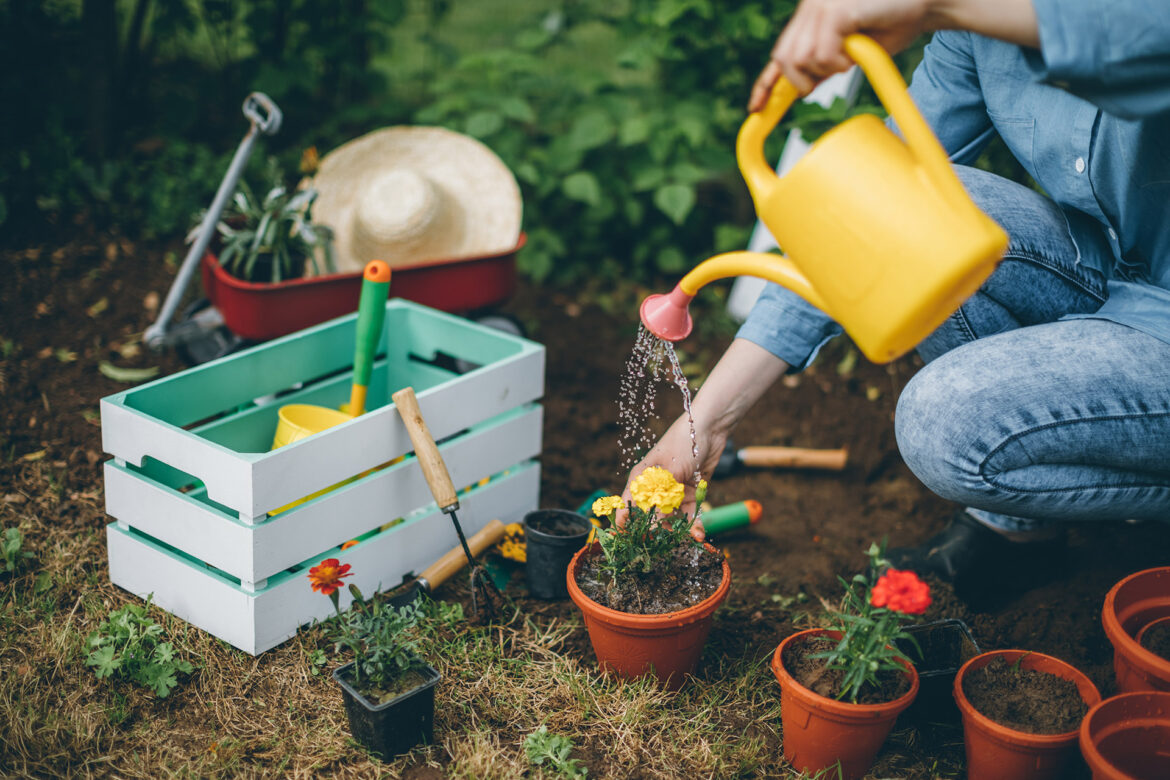The idea of plucking your own sweet, homegrown bananas might seem like a tropical fantasy, but for many gardeners, it’s a very achievable reality! While often associated with steamy, equatorial climates, several banana varieties can thrive and fruit in a surprising range of regions, even outside the tropics, with the right care and attention.
From Tropical Dream to Backyard Reality: Your Guide to Growing and Caring for a Banana Plant
If you’ve ever dreamt of having a slice of the tropics in your own backyard, read on! This comprehensive guide will walk you through everything you need to know about growing and caring for your very own banana plant.
You will never be happy if you continue to search for what happiness consists of. You will never live if you are looking for the meaning of life .Albert Camus
Understanding Your Banana Plant: More Than Just a Tree
First, let’s clear up a common misconception: a banana “tree” isn’t actually a tree at all! It’s technically a giant herb, the largest in the world, with a pseudostem (false stem) made of tightly packed leaf sheaths. This unique structure is part of what makes banana cultivation so fascinating.
There are two main types of bananas you might consider growing:
Dessert Bananas: These are the sweet, edible bananas we typically peel and eat raw (e.g., Cavendish). They generally prefer warmer climates.
Plantains (Cooking Bananas): These are starchier and usually cooked before eating. Some varieties are more cold-tolerant.
For backyard growers, especially in cooler climates, dwarf varieties or those known for their cold hardiness (like some Musa basjoo for ornamental purposes or specific cold-hardy fruiting types) might be better choices.
Troubleshooting Common Issues
No Fruit: Insufficient sunlight, lack of nutrients, too much competition from suckers, or temperatures too cold can prevent fruiting.
Yellowing Leaves: Often a sign of nutrient deficiency (especially nitrogen or potassium) or insufficient watering.
Stunted Growth: Indicates poor soil, lack of nutrients, insufficient water, or inadequate sunlight.
Tattered Leaves: Usually due to strong winds.
Enjoying Your Homegrown Harvest!
Growing your own banana plant is a truly rewarding experience, offering not just delicious fruit but also a stunning tropical aesthetic for your garden. While it requires dedication and attention, the sight of those green hands slowly ripening to golden perfection makes every bit of effort worthwhile.


